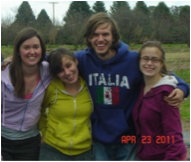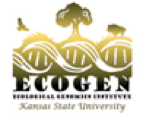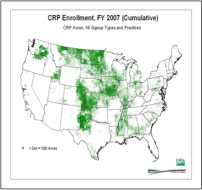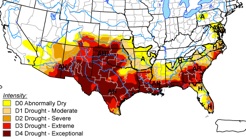Big Bluestem Ecotype Project

What is big bluestem?
- Andropogon gerardii
- C₄ warm season, long-lived, perennial grass
- Widely distributed (orange and red on grassland map)
- Ecologically dominant
-
- Represents up to 80% of plant biomass over the Great Plains-
-
- Obligate outcrosser
-
- Autopolyploid (6X and 9X and intermediates)
Why is it important to study big bluestem?
STRIKING PHENOTYPIC CLINE ACROSS THE GREAT PLAINS
Among natural populations, big bluestem shows a striking cline in morphology and physiology in drought adaptation over the 3-fold difference in annual precipitation across the Great Plains (1200 mm/year in Illinois to 400 mm/year in W KS).
ADAPTIVE RESPONSE TO DROUGHT
“Kansas Department of Agriculture told the Associated Press that the state's prolonged drought is costing an estimated 1.7 billion dollars in major crop losses. Near two-thirds of the state are in moderate to exceptional drought as of September 13, 2011” . The drought in Texas and OK cost 5.2 billion and 1.6 billion dollars, respectively.
MAJOR FORAGE SPECIES FOR RANGELAND CATTLE
RESTORATION
Big bluestem is a long-lived perennial that is widely used in prairie restorations.In 2007 alone, over 800,000 acres just in KS were restored to tall grass species in the Conservation Reserve Program with big bluestem being one of the most abundant in the Great Plains.
Who we are?
Project leaders


Contact us for graduate and undergraduate student training opportunities and inquiries about research collaborations.
Funded by:
Welcome to the Bluestem Ecotype Project







Loretta Johnson-KSU
Sara Baer
SIU
sgbaer@siu.edu
Brian Maricle-FHSU




Distribution of grasslands (orange and red on map is the main distribution of big bluestem, map adapted from Kuchler)


U.S. drought monitor updated July 12, 2011, showing the extent of drought conditions across the country. (NOAA/NWS/NCEP/CPC), Washington Post July 18, 2011.
